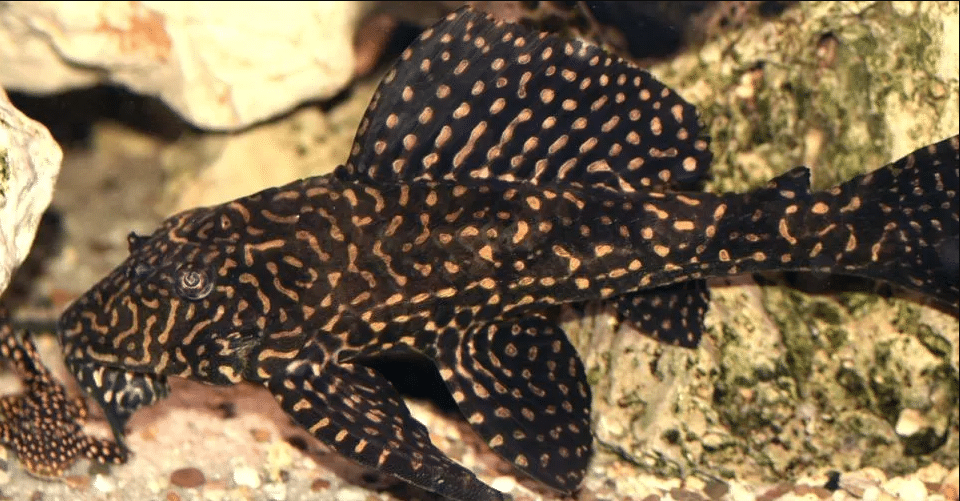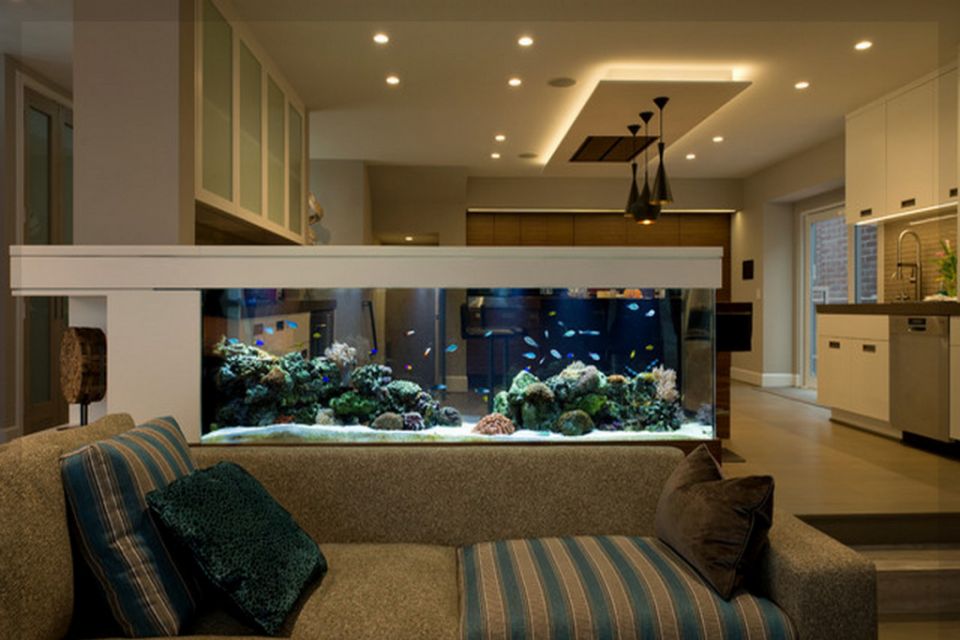Which catfish can you keep in a 54 to 60 litre aquarium
Certainly catfish are among the most popular aquarium inhabitants. Thanks to their interesting behaviour, they bring life to any aquarium. However, there is still a widespread belief that you are a window cleaner or a cleaner fish. This is not true: although there are L-catfishes, like the antenna catfish, which actually remove algae from the aquarium glass and keep the bottom clean, because they simply eat everything that falls down, they still produce far more dirt than they remove. In general, in aquaristics, you should never buy a fish for a specific purpose only, for example because you want a clean disc. The weekly part-water-change and the cleaning of the aquarium connected with it cannot be taken over evenly by aquarium inhabitants – they are still so diligently.
Many aquarists, especially those who only hold the small 54/60 litre aquariums, overlook how big most catfish available in pet shops really become. Even if they still seem so small as young animals in the show-basin, they reach a length of 25-50 cm and bigger adult not rarely.
If you are aware of the above points, i.e. you are not looking for a “cleaning crew”, but for an interesting aquarium inhabitant, then you will find an overview of (L-) catfish species in the following article, which you can keep in your 54/60 litre aquarium. We also explain how many catfish you can keep in your aquarium.
Table of Contents
So Which catfish can you keep in a 54 to 60 litre aquarium!
Especially for very small tanks like the 54 and 60 litre aquarium there are not many catfish species. This is due to the fact that most catfish are simply too big for small pools with a length of 60 centimetres (cm). We have selected some species for you and recorded them below:
Picture dwarf tank catfish
pygmy tank catfish

Even if many think of typical representatives of the L-catfish-family at first with catfishes at first, we don’t come around it with the small 54/60 liters of aquariums around dwarf-tank-catfish to propose exactly. Their lively nature and the numerous colour variations convince many aquarists. They are especially suitable for aquaristic beginners because they are very robust and do not have too high demands on the water quality.
Attitude: In 54-60 liters of aquariums, approx. 8-12 Zwergpanzerwelse can be held. This number depends strongly on the structure of the tank: if the tank is densely planted and there are many roots in the tank, this reduces the floor area, so that only a few dwarf catfish can be kept. The following breeding forms of the dwarf tank-catfish can be held in the 60 litre basin:
- Dwarf Armour Catfish (Corydoras Pygmaeus)
- Chessboard dwarf tank catfish (Corydoras Habrosus)
- Marbled dwarf catfish (Corydoras habrosus)
Picture Oto Wels
Earrings harness catfish (Otocinclus)

With a maximum body length of 3.5-4.5 centimetres, ear grid armour catfish, often called otos for short, are ideal for keeping in particularly small 54 and 60 litre aquariums. Not only are they available in many different colours/breeding forms, but they are also robust and adapt to typical German water conditions.
Attitude: The attitude of the animals takes place as already described with the dwarf tank-catfish in small groups of 8-12 animals. This number is also strongly dependent on the structure of the pelvis in the case of ear lattice armour catfish. You should be left enough free floor space. The following breeding forms can be kept in the 54 and 60 litre aquarium:
- Earrings harness catfish (Otocinclus affinis)
- Brown earring harness catfish (Otocinclus negro)
- The longitudinal-stripe earruff catfish (Otocinclus vittatus)
Picture lda 67
Loricariid catfish / L-catfish

For cymbals with an edge length of just 50-60 centimetres, which are particularly small, only very few selected species of catfish, also known as L-catfish, can be considered. It is not uncommon to read in Internet forums that antenna catfish can also be kept in a 54/60 litre aquarium: with a body length of 11-15 centimetres in adult animals, these animals are clearly too large for such a small tank – especially if you consider that they should be kept in groups. The following L-catfish can be kept in smaller aquariums instead:
LDA 67 / L 448:
With a size of 8 centimeters for adult animals, the Yellow Dwarf Sign Catfish is a great flooring for your small 54-60 litre aquarium. Not only do the animals look beautiful with their great yellow longitudinal stripes, they also enliven your aquarium should you choose a group of 4-5 animals. You can also keep these animals in smaller groups of 2, but you will rarely see the shy dwarf catfish. When setting up your aquarium you should provide enough roots and hiding places for the animals, because the animals feed mainly on wood and vegetable products.
LDA 25 / Pitbull:

Like the LDA 67, the arotocinclus jumbo can also be kept perfectly in a small aquarium. It is also a rather shy and nocturnal animal, which shows little sight during the day. This shyness is further reinforced by small groups, which is why you should use a group of 4-5 animals. The animals grow up to 6 centimetres and generally like dark basins: you should provide a dark bottom and use various roots as the animals need them for their digestion. In addition, your tank should be densely planted and offer enough hiding places for the animals.
L 174:

With a maximum body length of 6-8 centimetres, the ocelot dwarf armour catfish is a good ground level stock for a small 54 to 60 litre. Just like the other species mentioned above, they are shy, naked animals that need a tank with numerous hiding places. In a well-structured densely planted tank with many roots you can keep a small group of 4-5 animals without hesitation.
L 44:

Planquettes Rapids Harnischwels: The Planquettes Rapids Harnischwels with a size of 6-7 centimeters is also an ideal companion for a small 54 to 60 liters aquarium. The animals should be kept in small groups and fed with mosquito larvae, in contrast to the above-mentioned mostly vegetarian species. They need roots and hiding places but not all too densely planted aquariums.



